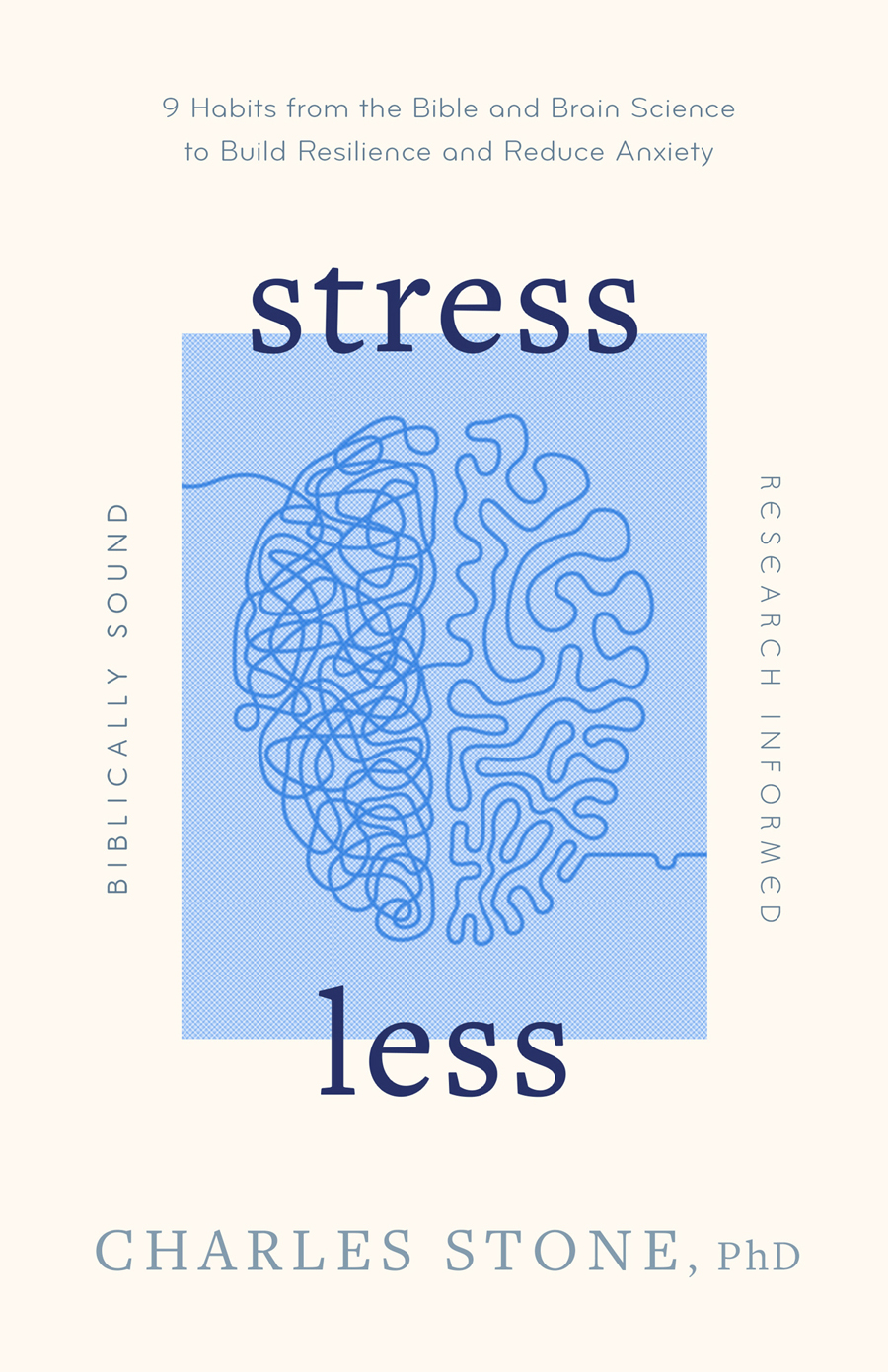Relationship triangles are the essential building blocks relationship systems are built upon. And I don’t mean them in the sense of a love triangle. We can’t avoid triangles. If you spend any time with people, relationship triangles will form. They aren’t intrinsically good or bad, they just are. A triangle provide a visual way to describe the dynamics between two people and an issue/group or the dynamics between three people. They picture how strained relationships between two people cause them to intentionally or unintentionally avoid issues, dump burdens, shift pain, and pass relationship angst to a third person. Often we leaders get triangled in which can diminish our effectiveness. So how do we avoid unhealthy triangles? Consider these suggestions.
1. Think in threes.
Play a grown up version of Where’s Waldo by looking for triangles in your relationships. As you relate to others, always keep in mind that we naturally tend to handle our anxiety through triangles. They come in many forms. Keep an open eye to their pervasiveness. Here are some examples.
- Husband-wife-child
- Husband-wife-job
- Pastor-wife-church
- Boyfriend-girlfriend-dad
- Husband-wife-inlaw (or outlaw)
- Boss-employee-employee
- President-board-customers
- Brother-sister-parent
- Pastor-elder-elder
- Pastor-board-church vision
- Brother-sister-inheritance
- Student-teacher-parent
- Student-student-teacher
2. Don’t try to fix the problems of the other two in a triangle.
Imagine a triangle and a each point place a different person, ‘A,’ ‘B,’ and ‘C,’ with ‘A’ being you. If ‘B’ and ‘C’ are at odds with each other and you are the third point in the triangle, avoid the temptation to force change in ‘B’s’ relationship with ‘C.’ I tried for years in a previous church to get a leader to see another person in the church in a positive light. Even after many attempts, I never heard him say, “Charles, you are right. I don’t know why after all these years I saw ____ like I did. He’s a great guy.”
In fact, the opposite occurred. The harder I tried to make the relationship get better, the worse it got. It wore me out because I was taking on their relationship tension. And for all my efforts, their relationship never improved.
I don’t mean to imply that we should discourage healthy dialogue between two people in conflict. We should often coach others toward healthy dialogue. But when we try to push a relationship to get better, it seldom will. People resist such efforts.
When Martha tried to triangle in Jesus to force Mary help her in the kitchen (Luke 10.38-42), He did let himself get sucked in. He pointed back to Martha’s heart condition rather than trying to ‘fix’ Mary.
3. Don’t bail or distance yourself from those in your triangles.
We naturally tend to shy away from relationships in conflict. We don’t want to deal with the emotionality they bring. However, distancing or bailing out often makes the relationship worse. And when we distance ourselves, we actually keep people in the dark. The result? The relationship often gets worse. So, keep a reasonable connection to each person in the triangle.
4. Expect triangles to intensify in times of change or stress.
When you face more stress in your family, at work, or in your relationships, the tendency to get triangled in will increase as will your tendency to triangle somebody else in. Be more vigilant and aware during those times. Remember to take responsibility only for the relationships you are in, ‘A’ to ‘B,’ and ‘A’ to ‘C.’ Refuse to take unhealthy responsibility for the other two in the triangle, ‘B’ to ‘C.’ Encourage healthy dialogue between the two and focus on your relationship with each person. Often when you do that, the tension between the other two in the triangle will lessen.
5. Focus on issues, not personalities.
When we get triangled, we’re tempted to take sides. The solution to the relationship problem may be obvious to us and to the offending party. However, keeping emotionally neutral can keep you from getting over involved. When you sense someone is trying to suck you and trying to get some commitment out of you to take sides, a good response is, “Let me think about that.”[1]
6. Know the signs when someone’s trying to triangle you in.
Here are some potential signs that someone is trying to draw you into an unhealthy triangle.
- When someone obsesses about somebody else not doing his or her job.
- When someone takes an unhealthy interest in the problems of others.
- When someone tries to rescue another.
- When you get an uncomfortable feeling that someone wants to get unnecessarily close to you.
- When someone over-focuses on you in a negative way (i.e., criticism) or he over-focuses on you a positive way (i.e., extreme flattery).
- When someone’s reaction to you exceeds what the situation would normally dictate.
7. Map your own triangles.
Think about the unhealthy triangles you may be in now. Draw those triangles on a sheet of paper. Put names on them. Take a learner’s stance and ask yourself these questions.
- How are you responding to those in your triangles? Is it healthy or unhealthy?
- What patterns do you see? Are they healthy or unhealthy?
- Is the same person constantly trying to triangle you in?
When we discover and become more aware of our relational and emotional triangles, we can keep a more objective stance to the unhealthy ones, which in turn helps us lead better.
What are some negative results you’ve seen in your life when you’ve been sucked into unhealthy triangles?
Related posts:
[1] Margaret J. Marcuson, Leaders Who Last, Sustaining Yourself and Your Ministry (New York, NY: Seabury Books, 2009), Kindle e-book loc. 582.


